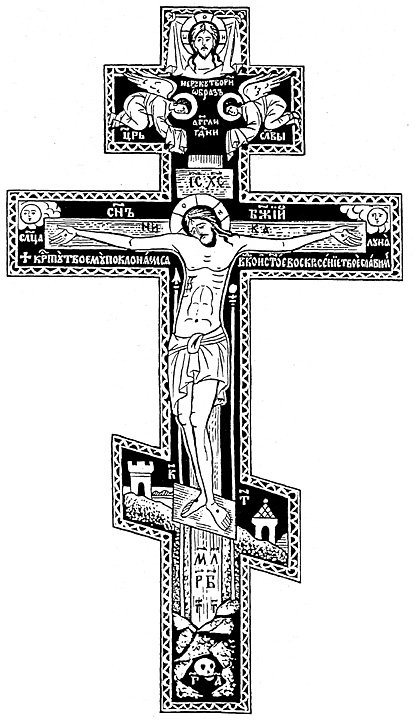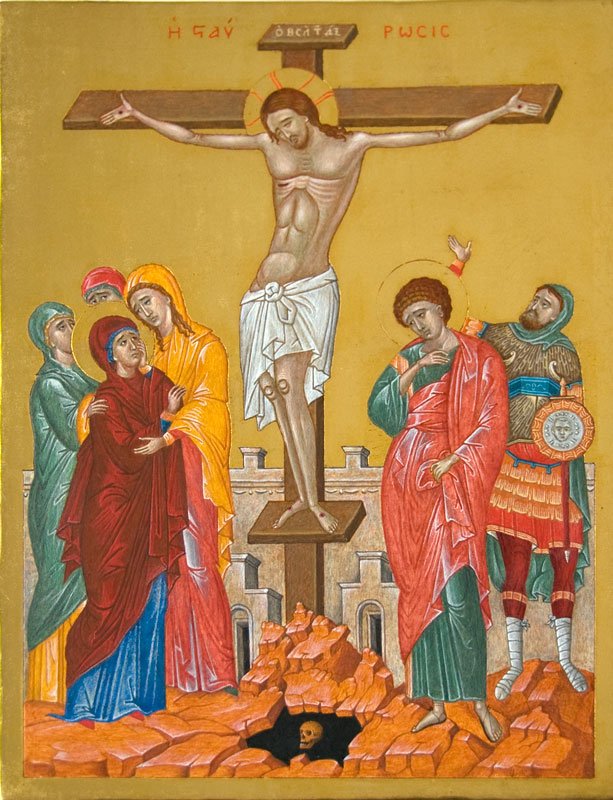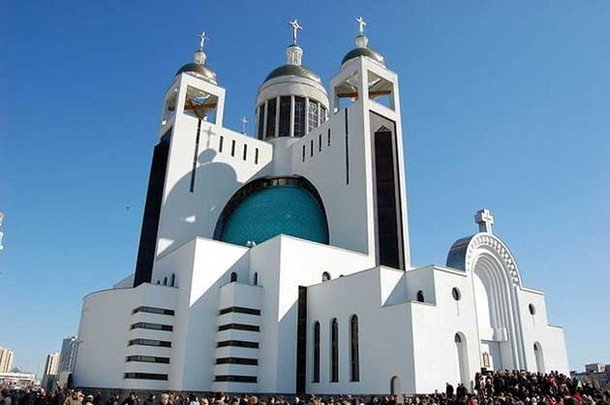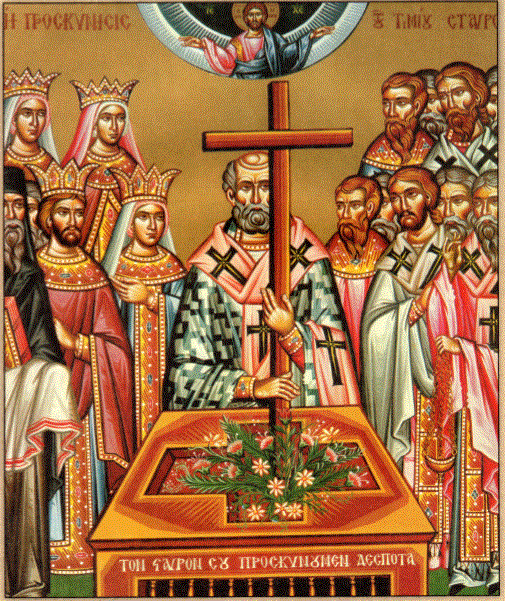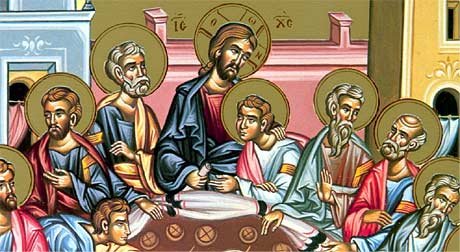The next Pauline letter that must be considered when we read the New Testament (NT) in chronological order, is his first letter to the Corinthians. It is the second longest of Paul’s letters Paul’s longest letter was to the Romans.
If you are attempting to read the NT in the order in which the books were written, you must read the books in this order
1 Thessalonians
Galatians
1 Corinthians
According to ACTS, Paul created a community in southern Greece in the city of Corinth around the year 50. It was a major city since it was a seaport and also the capital of Achaia, a Roman Province. This province also included Athens, now the capital of Greece. During the time of Paul Corinth was the most important city in Greece and had a Jewish enclave.
Though there was a Jewish synagogue there, the city was almost completely Gentile, cosmopolitan and multi-ethnic. According to ACTS, Paul spend 18 months in Corinth on his first visit (50 to 51 CE). When he wrote this letter a few years later he was already in Ephesus in Asia Minor. This was not really his first letter to the community. He refers to a previous letter and to a letter he had received from them. Those letters are not extant and this letter labeled as the “first” was written probably two years after Paul left the community. He learned that divisions and conflicts had developed in the community and therefore wrote to the community to urge unity. Much of the letter addresses the conflicts that he was told existed in the community. The mood of these conflicts, however, is not nearly as intense as in Galatians or in Paul’s future second letter to the Corinthians.
The first letter informs us that the community of Corinth was divided into factions that resulted from the mentors who had come to Corinth after Paul. Paul clearly reminds them that there is only one teacher, Christ and they must belong to Him and not to any one mentor.
Paul also discovered that the community was divided over spiritual gifts. The question that was raised was whether those with these gifts were superior to those without these gifts. Paul eloquently states that the most central gifts of the Spirit are faith, hope and love and that the greatest gift is love. (This is one of the most frequently used texts for the Epistle reading during the Sacrament of Matrimony). Paul tells the community that there is no hierarchy, no superiority, to be built on the more ecstatic spiritual gifts and that the main thing is that love should prevail within the community. Paul sees these three virtues (faith, hope and love) as signs of a mature, Christian community.

